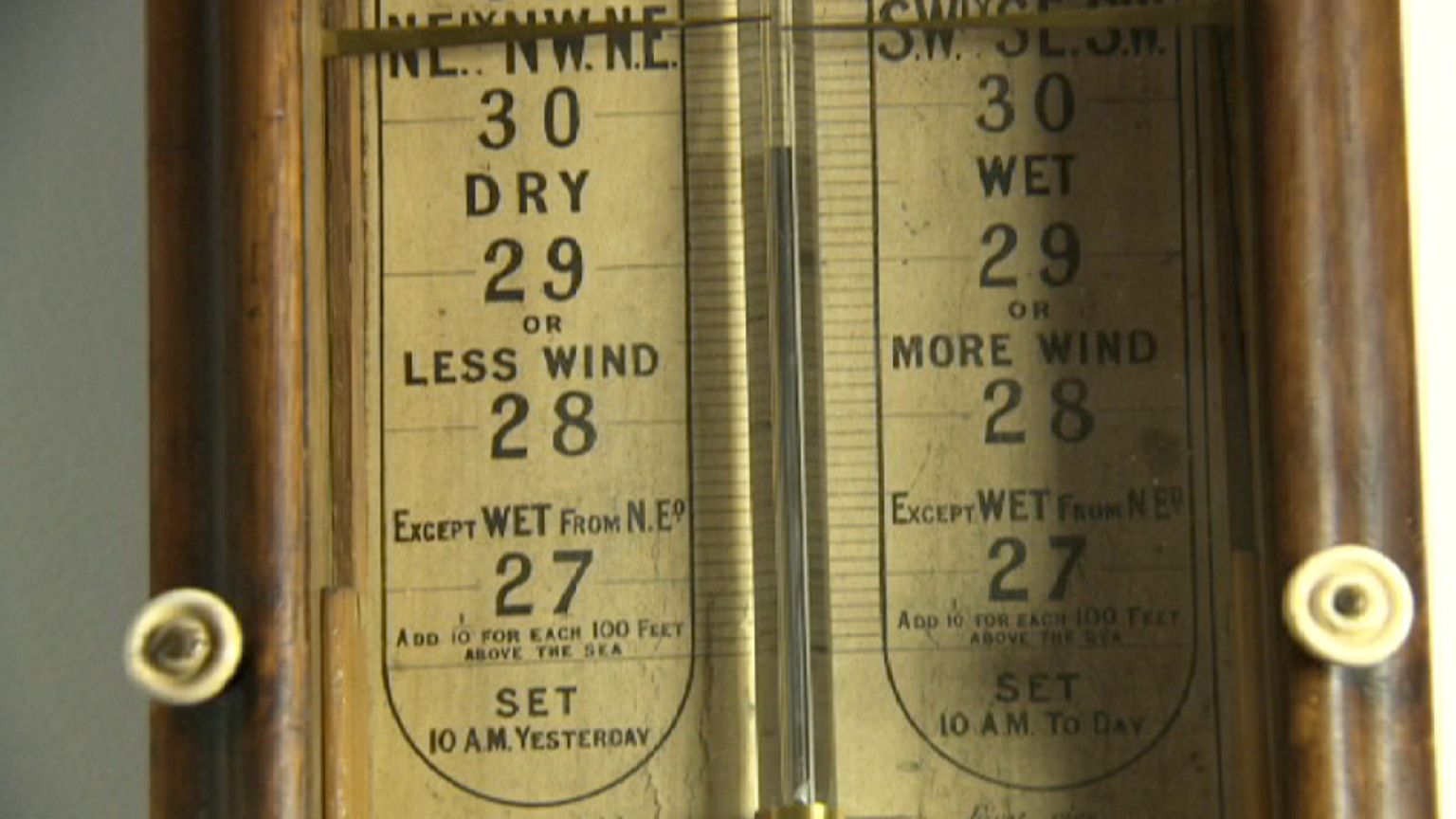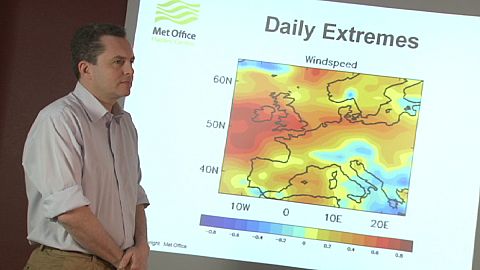We constantly track our weather as it fluctuates day-to-day, but determining patterns over time can help us differentiate exactly when ‘weather’ becomes ‘climate’.
Climate change may be visibly changing our world, but it cannot be charged with every meteorological peculiarity given the inherent chaos of the atmosphere. The only way to make sense of these changes is by looking for trends, and these days we have a perfect vantage point from space.
The world of weather watching is ruled by an armada of satellites, and Eumetsat in Germany, owns and runs Europe’s fleet of high-precision machines. These hugely powerful devices are capable of mapping both high resolution temperature and humidity measurements, and different images of Earth in near real-time.
Thanks to these technological behemoths, we now know more about our weather than ever before; but understanding climate is a different matter.
The Head Scientist at Eumetsat, Johannes Schmetz, explained: “When you average all your weather parameters – your geophysical quantities, temperature, humidity – over 30 years, that’s what we call the reference climate. Satellites, as they exist now, do not cover a lot of the climate period over the last couple of hundred years, and the only credible data that exists is since 1979.”
This 34-year bank of data is a major asset for climate scientists like those at the UK’s Met Office, who use it to help test forecasting software against recent data, but Hadley Centre researchers like Philip Brohan are reaching much further back in time in a bid to ascertain even longer term trends and natural variability in our climate.
Scrutinising the old log books of the likes of the British East India Company’s sailing ships, which traded with India and China in the 18th and 19th centuries, Brohan has mined data capable of detailing how the weather has varied since 1789, when officers started keeping objective and accurate weather records.
Although this information has been gathered using radically different measuring systems to today’s satellites, the two sets of data remain tied together by virtue of the fact that the fundamental rules of physics that govern our climate system have not changed.
Combined, these two different sources of weather information can help scientists refine their climate models, analyse the subtle question of when changeable weather becomes a changing climate, and define how greenhouse gases are changing our atmosphere.
External links:



















